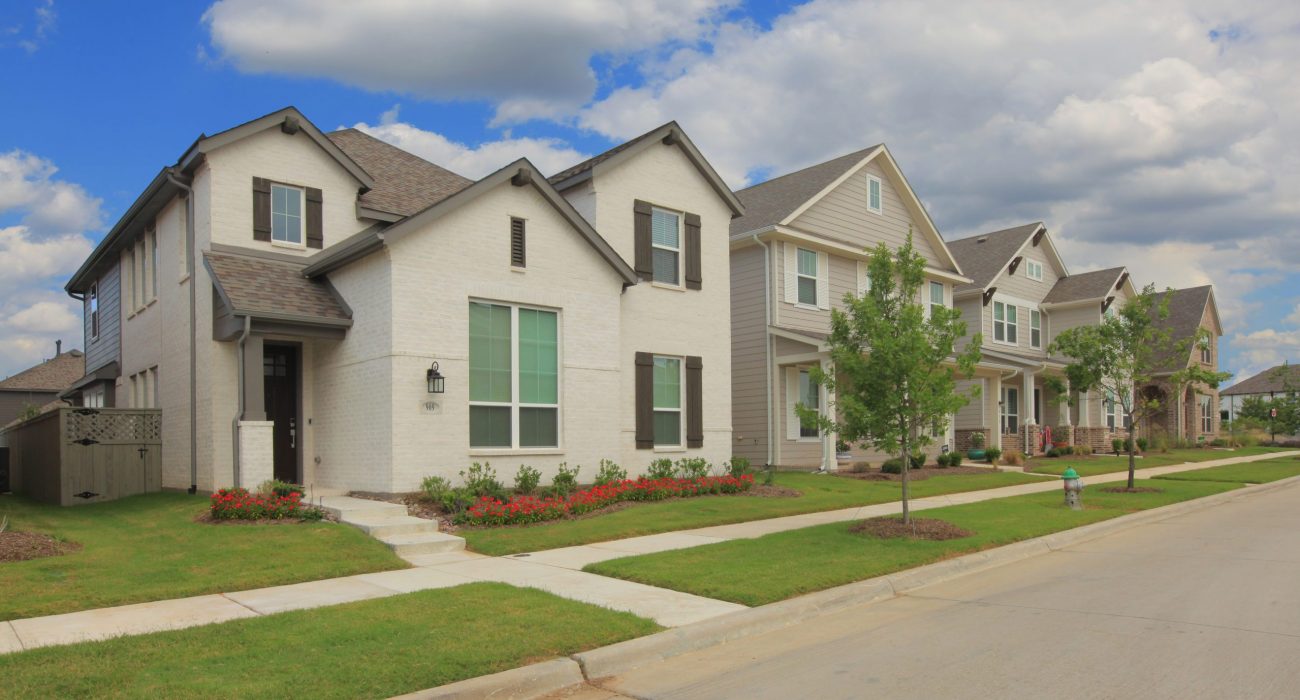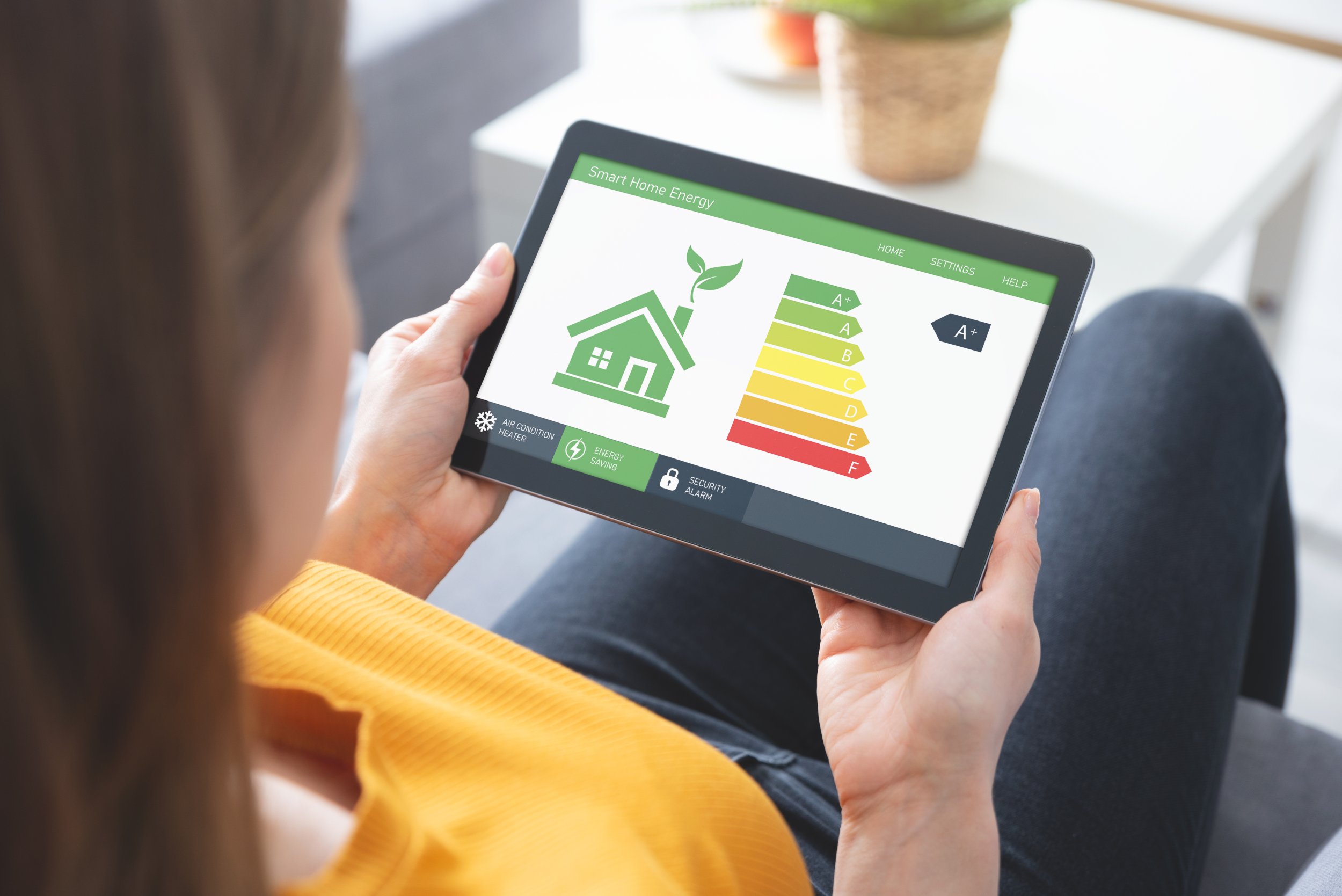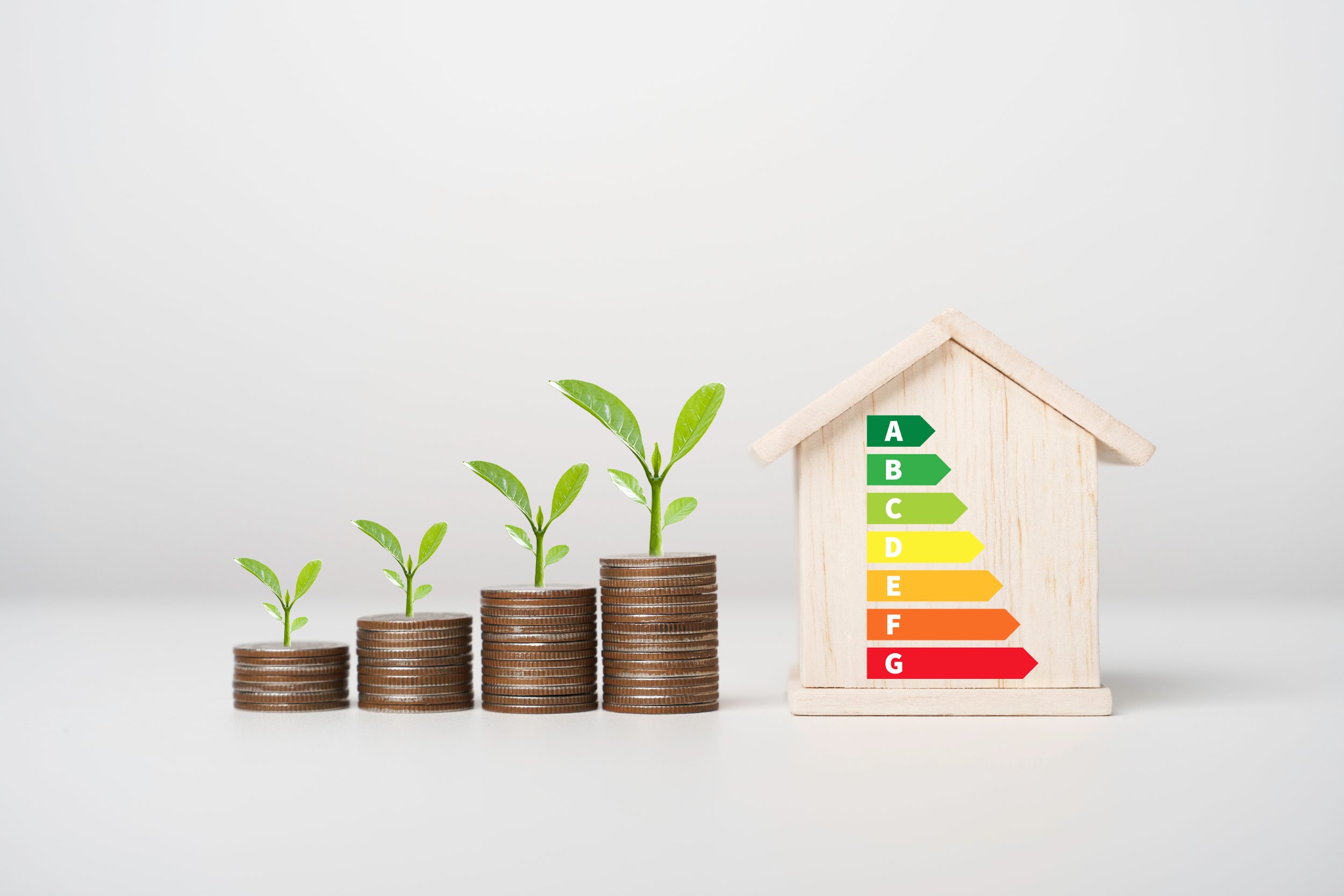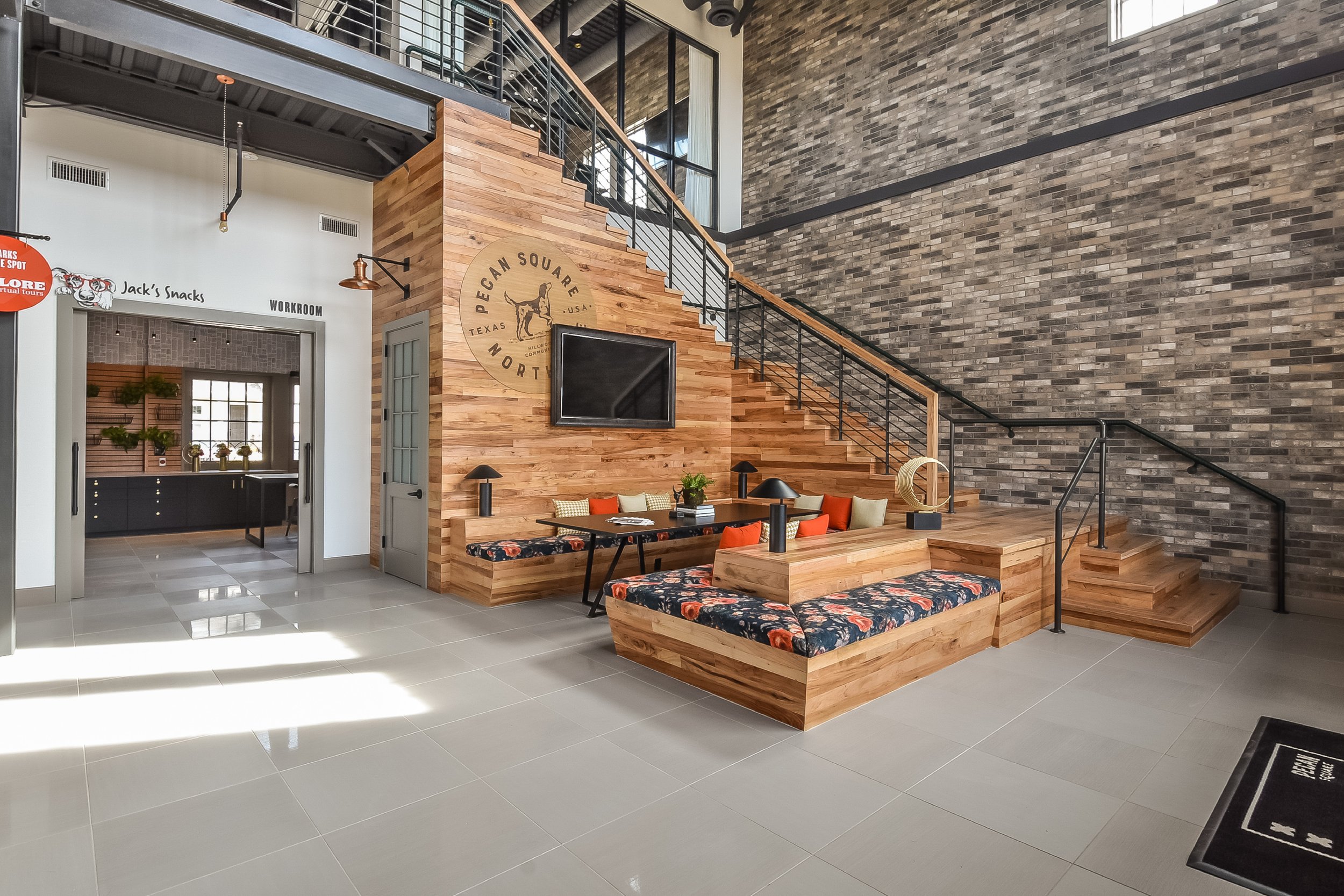
Why Energy Efficient Home Builders in Texas Make Sense for New Construction
The Lone Star State is well-known for its blistering summers and mild winters, making energy efficiency and proper heating and cooling systems all the more important. That’s why new home communities like Pecan Square by Hillwood, in Northlake TX, utilize sustainability principles and procedures in all their new home construction. Every new home at Pecan Square is built to conserve resources and optimize energy use.
We prioritize working with energy-efficient home builders who have made a commitment to go the extra mile in creating environmentally conscious homes that save energy. Whether this is achieved through participation in the Environments For Living (EFL) program or earning an Energy Star label, the benefits of an eco-friendly home are numerous.
What Makes a Home Energy Efficient?

An energy efficient home is designed to reduce energy use from top to bottom. It will be built using quality building materials, energy efficient appliances, and fixtures created to conserve resources. This means energy-conscious homeowners will enjoy lower energy costs. But just because a home is energy efficient, doesn’t mean it compromises on aesthetics or comfort. In fact, energy efficiency improves the livability of a residence by reducing energy bills and maintaining optimal cooling in the summer months. This allows homeowners to spend more time inside during hotter days. What’s more, opting for Energy Star certified construction can help boost the resale value of your home by 15-20% compared to older homes.
Key Components of Building an Energy-Efficient Home
New home communities and new home builders alike have an opportunity to chart the future of energy-saving homes. This means prioritizing four key principles of building science, a considerate approach to home building that views the entire house as an integrated whole made up of separate systems all working in harmony together. These key principles are:
- Energy Efficiency: Tight construction seals penetrations and reduces internal drafts, while enhanced insulation helps minimize voids and gaps. Low “emissivity” windows utilize protective coatings to keep heat in during winter and out during summer, and at least 60% of all hard-wired lights are compact fluorescent or LED, reducing overall home energy consumption.
- Durability: Proper HVAC systems and air barrier continuity work cost-effectively to reduce moisture. This is achieved by utilizing correct venting design, pressure balancing, fresh air ventilation, and “right-sized” HVAC equipment to reduce moisture from daily activities like cooking and showering. Additional steps can be taken to reduce future material needs, like repainting or reframing: this is achieved by special framing techniques which reduce lumber requirements, and interior paints that increase product longevity.
- Indoor Environmental Quality: Even heating and cooling throughout the day are a crucial ingredient in energy efficiency and can be achieved by effectively balancing air pressure throughout the home. Additionally, carbon monoxide buildup can be avoided by sealing and power-venting combustion appliances and installing CO detectors. Enhanced filtration systems (like an approved electronic air cleaner) provide extra protection from contaminants, and low-VOC (Volatile Organic Compounds) interior paints and carpets reduce indoor pollutants.
- Water Efficiency: Water heaters and fixtures that conserve water help reduce overall household water consumption. Low-flow faucets and shower heads are a very effective example of this: these technologies, along with water-efficient toilets and dishwashers, use less water and add to overall household water savings without compromising performance.
Do Energy-Efficient Homes Cost More?

While the upfront cost of energy efficient homes can sometimes be higher than traditional construction homes, the long-term energy costs provide significant savings. Minimizing energy use saves money, plain and simple. In fact, the US Department of Energy estimates most American households that utilize energy codes and building principles could save 25% in utility bills, which can add up to thousands of dollars per year.
In addition, homes with proper heating and cooling systems often provide a higher level of comfort due to improved temperature regulation and better indoor air quality. The combination of energy efficient appliances, optimized HVAC systems, and proper construction makes these homes worth the investment for those looking to save energy and live more sustainably.
FAQs About Energy-Efficient Homes
Why are eco houses good?
Energy Star certified homes are better for the environment because they use less energy and provide greater comfort through balanced heating and cooling. The integration of energy efficient lighting and appliances saves homeowners money on monthly utility bills.
What makes a house environmentally sustainable?
Environmentally sustainable homes utilize optimal energy efficiency through building materials and open floor plans that minimize energy use. These homes incorporate Energy Star rated components and are built to maximize home energy performance while having the least negative impact on the environment.
Are energy-efficient homes worth it?
It is definitely worth investing in an energy efficient home because you will likely enjoy lower energy costs, a higher resale value, greater comfort through proper heating and cooling systems, and a healthier environment.
Visit Energy-Efficient New Construction Homes at Pecan Square by Hillwood

Whether you’re looking to build a new home or purchase an existing one, energy efficiency makes sense in Texas – so why not take advantage? If you’re interested in learning more about our construction homes and working with our trusted energy efficient home builders, visit us at the Greeting House for a tour. We look forward to showing you how more energy efficient homes can benefit your lifestyle and budget!